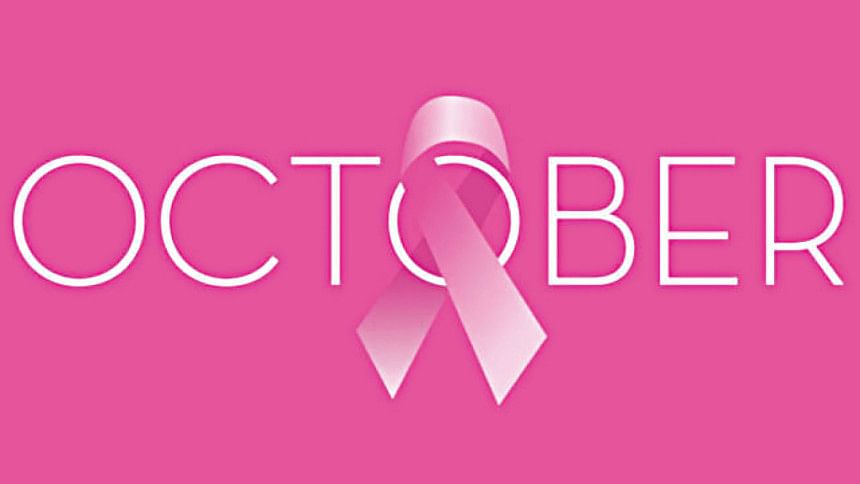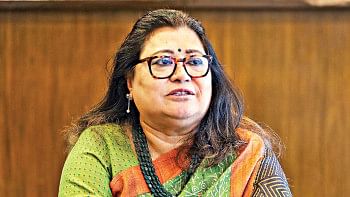October is Pink

Breast cancer is one of the leading causes of death among women globally every year. It is also the most common cancer type to affect females. The good news is that if it is diagnosed in its early stages, chance of death is reduced significantly and at times, there is even possibility of full recovery. This is why awareness of breast cancer is extremely important, so that the extremity of the disease can be stopped before it is too late.
To promote this purpose, October was declared as 'The Month of Breast Cancer Awareness' in 1985, a result of the partnership between the American Cancer Society and the pharmaceutical division of the Imperial Chemical Industries (UK). Variety of events and activities are organised throughout the month in countries across the world to educate women on breast cancer and what can be done before the severity goes too far.
Being able to detect breast cancer in early stages is the key. Thus, it is of utmost importance to know the early signs and symptoms, like —
Swelling of all or part of the breast
Skin irritation or dimpling
Breast pain
Nipple pain or the nipple turning inward
Redness, scaliness, or thickening of the nipple or breast skin
Any nipple discharge other than breast milk
Any lump in the breasts or the wider underarm area
If anyone is facing any of these, a doctor should be consulted as soon as possible and tests should be done (mammography, ultrasound, MRI, etc.).
Another very fortunate fact is that a regular check-up can be done and, any abnormality in the breasts can be detected at home by a process called Breast Self-Examination (BSE). The knowledge of this procedure is something that all women should and must know as it may turn out to be the saviour of many women from a dreaded fate.
According to The National Breast Cancer Foundation's (USA) exact guidelines, this is how a BSE is to be performed —
With the pads/flats of your three middle fingers, check the entire breast and armpit area by pressing down with light, medium, and firm pressure. Check both breasts each month feeling for any lump, thickening, hardened knot, or any other breast changes.
(In front of a mirror) Visually inspect your breasts with your arms at your sides. Next, raise your arms high overhead. Look for any changes in the contour, any swelling, or dimpling of the skin, or changes in the nipples. Next, rest your palms on your hips and press firmly to flex your chest muscles. Left and right breasts may not exactly match. Look for any dimpling, puckering, or changes, particularly on one side.
(Lying down) When lying down, the breast tissue spreads out evenly along the chest wall. Place a pillow under your right shoulder and your right arm behind your head. Using your left hand, move the pads of your fingers around your right breast gently covering the entire breast area and armpit. Use light, medium, and firm pressure. Squeeze the nipple; check for discharge and lumps. Repeat these steps for your left breast.
BSE should be performed 7-10 days after menstruation. Non-menstruating women should select the same day of every month (first day of the month for example) to carry out the examination.
These simple yet crucial procedures enable women to regularly keep a check and identify any irregularity in their breasts, so that any occurrence of breast cancer can be taken care of in the very preliminary phases.
Every country should emphasise on more awareness programmes, schemes and campaigns to educate women from all walks of life on the of signs and symptoms of breast cancer and the importance of performing BSE, so that necessary actions can be taken before the tumour reaches malignancy. This should be focused more on rural women of Bangladesh as they seem to be a deprived group. They must be taught very systematically on how to perform BSE and also be educated on identifying the symptoms of breast cancer. Cancer tests should also be made more accessible and affordable for them.
By Faiza Khondokar
Photo: Collected

 For all latest news, follow The Daily Star's Google News channel.
For all latest news, follow The Daily Star's Google News channel. 



Comments